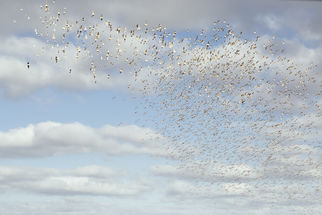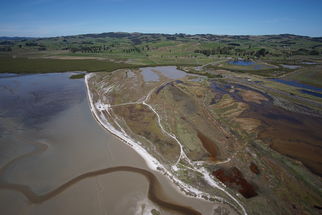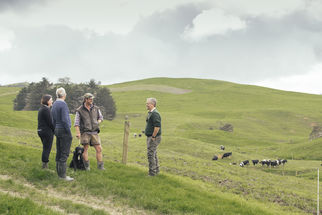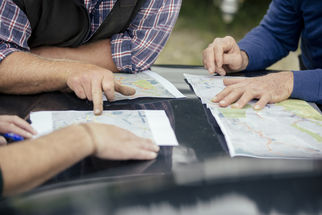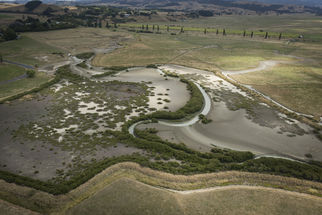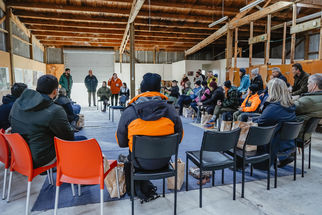
Site Evaluation Reports
A detailed evaluation of the activities, outcomes and lessons from each of the Living Water sites
Located in the Firth of Thames/Tīkapa Moana, the Pūkorokoro-Miranda catchment flows into an internationally significant 8,500 hectare coastal wetland that is protected under the Ramsar Convention.
The catchment is home to around 40 different species of migratory birds, including red knots and bar tailed godwits that fly from Pūkorokoro-Miranda to Siberia or Alaska and back every year. These migratory shorebirds rely on the resting and refuelling areas in this catchment, including one of the world’s finest examples of a rare coastal landform – a Chenier plain – consisting of a series of ridges made up of marine shells.
The shorebird area and habitat at Pūkorokoro-Miranda has been significantly degraded and reduced in size. Water quality is predominantly degraded due to increased levels of suspended sediment. Much of this has been caused by various productive land uses in the surrounding catchments and the highly modified hydrology and drainage system that has been put in place to reduce inundation and flooding for landowners in the lower catchments.
Living Water’s key focus was restoring and reconnecting a rural freshwater ecosystem and sensitive coastal environment using a community-led ‘mountains to sea’ approach
A detailed evaluation of the activities, outcomes and lessons from each of the Living Water sites
A round-up of all the mahi from the Pūkorokoro-Miranda catchment as at July 2022
Download our catchment map in high or low resolution
Investigating if a Blue Carbon credit market can provide an alternative funding model for coastal wetland restoration
Engaging the whole community to achieve outcomes for the environment
Supporting conservation activities across international borders
An inexpensive way to gather baseline information, identify key ecological issues and prioritise areas and activities for effective catchment management
A GIS-based tool to help community groups and landowers in smaller catchments to prioritise actions for freshwater improvement
Working with landowners to acquire land for environmental outcomes
How to work together with differing views, backgrounds and goals for ecological restoration


